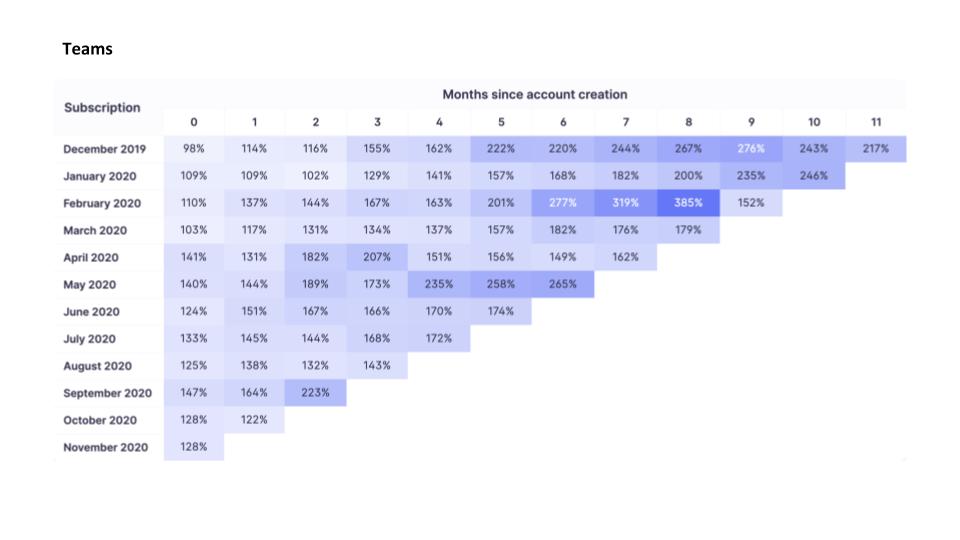
1/ This was the most heated debate on Ep 16 of @theallinpod so I wanted to provide my sources. The main one is @nfergus, a prominent historian and commentator who wrote The Tower and The Square on the influence of social networks.
https://twitter.com/keannote/status/1347687099546226688
2/ Ferguson acknowledges that Russian disinformation ads reached a lot of Americans on Facebook. But if you look at the total number of impressions, it was such a small percentage that it was a drop in the ocean. See for example:
bostonglobe.com/opinion/2017/1…
bostonglobe.com/opinion/2017/1…
3/ Ferguson also looked at the actual ads that the Russians created. They are so patently absurd that it’s hard to imagine them working too effectively as propaganda. One example...
politico.com/story/2017/11/…
politico.com/story/2017/11/…
4/ One ad showed a picture of Satan and Jesus arm-wrestling, with the caption:
“Satan: If I win, Clinton wins!
Jesus: Not if I can help it!
Press ‘Like’ to help Jesus win!”
Imagine Russian operatives trying to come up with memes on American culture. Not exactly “Mad Men”.
“Satan: If I win, Clinton wins!
Jesus: Not if I can help it!
Press ‘Like’ to help Jesus win!”
Imagine Russian operatives trying to come up with memes on American culture. Not exactly “Mad Men”.
5/ So did Russia try to interfere in our election in 2016? Yes. Did it work? No. Did Trump collude with it? Not according to the Mueller Report. Do I approve of what Trump did in the Capitol this week? Absolutely not. I’m just setting the facts straight on 2016.
6/ When a party loses an election, it needs to look in the mirror and ask what it did wrong. Trump failed to do that in 2020. Many Democrats failed to do that in 2016. It’s always easier to invent conspiracy theories than to accept defeat. We shouldn’t let them get away w/ that.
• • •
Missing some Tweet in this thread? You can try to
force a refresh





